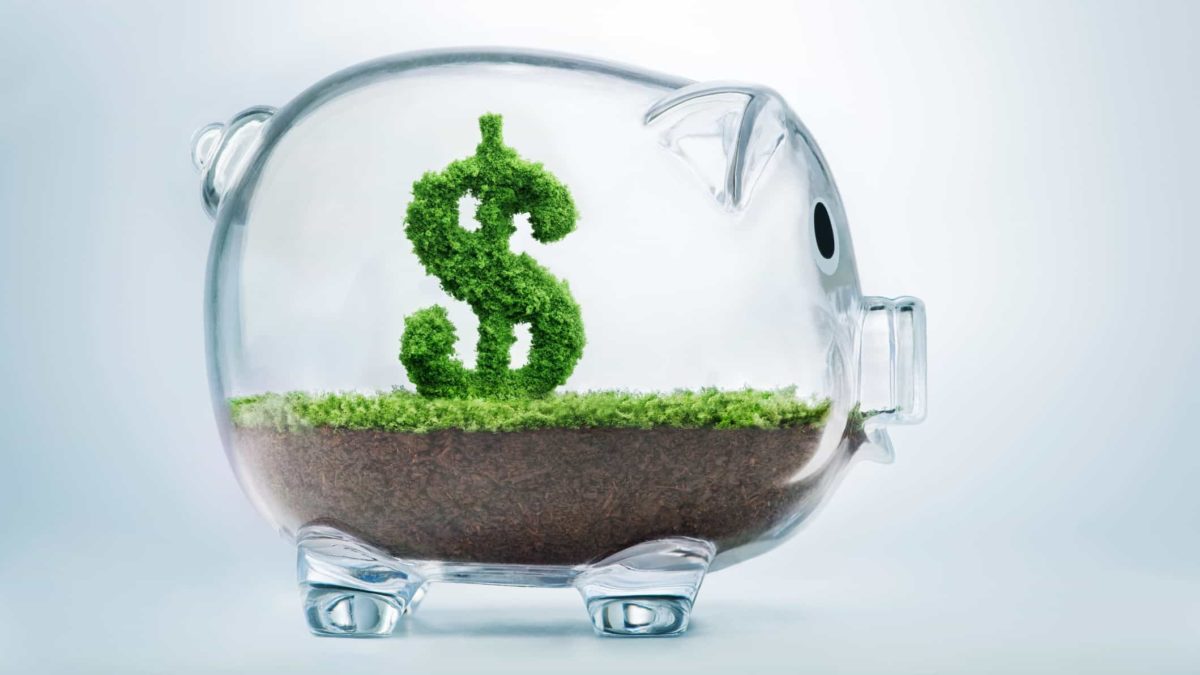Let's get real here.
If you're hoping for more income in the year ahead by securing a pay rise, you'll likely be disappointed.
According to the Australian Bureau of Statistics (ABS), the seasonally adjusted Wage Price Index (WPI) climbed a paltry 0.1% in the September quarter. Year-to-date, the average Australian's wage has grown by just 1.4%. And that comes as unemployment has snaked up to 6.9%.
But meagre as the wage growth figures are, they don't tell the whole story. That's because these are nominal figures, not real. Meaning they don't take inflation into account.
Excluding volatile items, the annual inflation rate comes in at 1.6%. Meaning real wages are actually going backwards.
So banking on a hefty pay rise to secure more income in 2021 looks to be a long shot. In fact, most of us will be lucky to bring home the same pay cheque, in terms of our real wages, as we earned this year.
Then how about a term deposit?
Though nothing is 100% safe, cash in the bank is about as close as you can get. Especially if you keep your deposits below $250,000 per authorised deposit-taking institution (ADI). That's the amount the government guarantees to protect depositors via its Financial Claims Scheme (FCS).
Unfortunately, this isn't 2012, when some term deposits were paying 5% interest and the inflation rate was less than 2%. Meaning your cash in the bank was earning you real returns of some 3% annually.
Current term deposits are broadly quoted around the 0.50% range. But a bit of googling tells me if you shop around you may be able to secure a 0.75% interest rate on a 1-year term deposit, with certain minimal balance requirements.
That's pretty thin, even in nominal terms. But again, in real (inflation adjusted) terms, your deposit plus interest will be worth less 1 year from now than it is today.
Which brings us to ASX dividend shares. These are companies that pay out cash (or occasionally shares) from their profits to their shareholders.
Sometimes these dividends come partly or wholly franked. That's when a company has already paid its corporate taxes (generally 30%) on the dividend profits its distributing. You can deduct the corporate tax rate from any taxes you may owe on the dividend payments you receive. If your tax rate is less than the corporate rate, you can even get money back from the ATO.
Very nice…
ASX dividend share #1
The first ASX dividend share (presented in no particular order) you may want to consider to lift your income stream is Brickworks Limited (ASX: BKW).
Brickworks specialises in property, investments, and building products for residential and commercial construction in Australia and the United States. It also has a major holding in Washington H. Soul Pattinson and Co. Ltd (ASX: SOL), which in turn has a significant stake in Brickworks. Brickworks also owns 50% of an industrial property trust with Goodman Group (ASX: GMG).
Importantly, at the current share price, Brickworks pay an annual dividend yield of 3.1%, 100% franked.
It also has a lengthy history of delivering capital gains. Despite shares plunging more 41% during the COVID-19-driven market panic earlier this year, Brickwork's share price is up 1.2% for the year and 52% from its April lows. That compares to a 2.7% loss for the broader S&P/ASX 200 Index (ASX: XJO).
The Motley Fool's own Edward Vesely recommended Brickworks in his advisory service, Dividend Investor, on 14 July this year. He cited the company's diversified exposure to a variety of assets, its long track-record of success, and its 3.7% fully franked dividend yield as reasons to buy.
Since then Brickworks' share price has gained 16.6%, hence the dividend yield has slipped to 3.1%. Nonetheless, Edward maintains his 'buy' recommendation for Brickworks' shares.
ASX dividend share #2
The second dividend share you may want to consider to boost your income stream is Rural Funds Group (ASX: RFF).
Rural Funds is a real estate investment trust (REIT). It owns a broad portfolio of quality Australian agricultural properties spread across the country. The company has a proven track record of consistent share price growth going back to 2014. Year-to-date Rural Funds' share price is up 35%.
Importantly, it's also paid all 4 quarterly dividend payments during this difficult year that's seen many companies suspend their dividend distributions.
Rural Funds is another one of Edward Vesely's Dividend Investor recommendations.
In fact, Edward's recommended it twice, first in August 2017 and again in August 2018. Atop its regular dividend payments, the Rural Funds share price is up 57.3% since his first recommendation and it's gained 42.7% since the second time he tipped it.
Edward cites Rural Funds' high quality and well-diversified assets, its proven and well-practiced growth strategy, and its strong balance sheet and reliable cash flows which support an attractive yield as reasons to buy. Rural Funds maintains its 'buy' rating in his Dividend Investor service.
At the current price of $2.58 per share, Rural Funds pays an annual dividend yield of 4.3%, unfranked.









